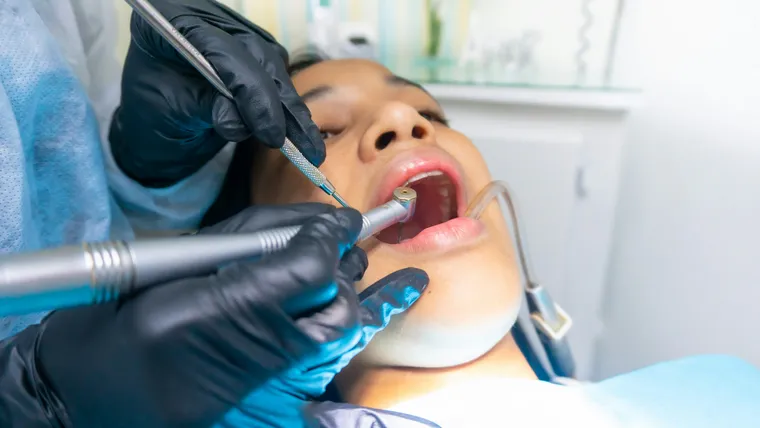Dental implants have long been the gold standard for replacing missing teeth, but the traditional process often involves invasive drilling into the jawbone. For many, this creates anxiety and discomfort, deterring them from seeking necessary dental care. Fortunately, drill-free dental implants offer a groundbreaking alternative, eliminating the need for drilling while ensuring a stable, long-lasting solution. This innovative technique simplifies the procedure, reduces recovery time, and provides a more comfortable experience for patients. By utilizing advanced technology, drill-free implants are changing the landscape of restorative dentistry and making tooth replacement more accessible.
The concept of drill-free dental implants relies on a minimally invasive approach, preserving the natural bone structure and reducing trauma to surrounding tissues. Unlike conventional implants that require extensive drilling, this technique employs a small, pilot hole or uses an implant that self-taps into the bone. This method significantly decreases the risk of complications, such as bone loss or infection, while promoting faster healing. With improved comfort and efficiency, drill-free implants present an exciting future for dental restoration.
How Drill-Free Dental Implants Work
Drill-free dental implants leverage modern dental technology to secure artificial tooth roots into the jawbone without the need for heavy drilling. The process involves a precision-guided system that allows dentists to place the implant using a gentle, non-invasive technique. In some cases, a small incision is made to insert the implant directly into the bone, which minimizes pain and bleeding. This approach maintains the integrity of the surrounding bone structure, leading to a faster and more seamless healing process.
Benefits of Drill-Free Dental Implants
Drill-free dental implants offer several advantages over traditional methods, making them an attractive option for many patients. Some of the key benefits include:
- Minimally Invasive Procedure: With no need for extensive drilling, this technique significantly reduces pain, swelling, and discomfort during and after the procedure.
- Faster Healing Time: Since there is less trauma to the bone and surrounding tissues, patients experience quicker recovery times compared to traditional implants.
- Reduced Risk of Bone Loss: The preservation of natural bone structure lowers the chances of bone resorption, ensuring long-term stability.
- Suitable for Patients with Low Bone Density: Those who were previously not ideal candidates for implants due to insufficient bone mass may now qualify for drill-free implants.
- Increased Precision and Success Rate: Advanced technology ensures accurate placement, reducing the risk of complications and increasing long-term success.
- Less Anxiety for Patients: Many individuals avoid dental procedures due to fear of drills; this alternative provides a more comfortable and reassuring experience.
The Future of Dental Implants
As technology continues to advance, drill-free dental implants represent just one of many innovations aimed at improving oral health care. Future developments may include further refinement of self-tapping implant designs, enhanced digital imaging for precision-guided placement, and biocompatible materials that promote even faster integration with the jawbone. These improvements will continue to make dental implant procedures more accessible, efficient, and patient-friendly.
Conclusion
Drill-free dental implants are revolutionizing the way missing teeth are replaced, offering a minimally invasive, highly effective alternative to traditional methods. With reduced pain, faster healing, and greater accessibility for patients with low bone density, this innovative approach is making dental restoration easier and more comfortable. As the field of dentistry continues to evolve, drill-free implants will likely become a preferred choice for both patients and practitioners, paving the way for a new era of pain-free tooth replacement solutions.

